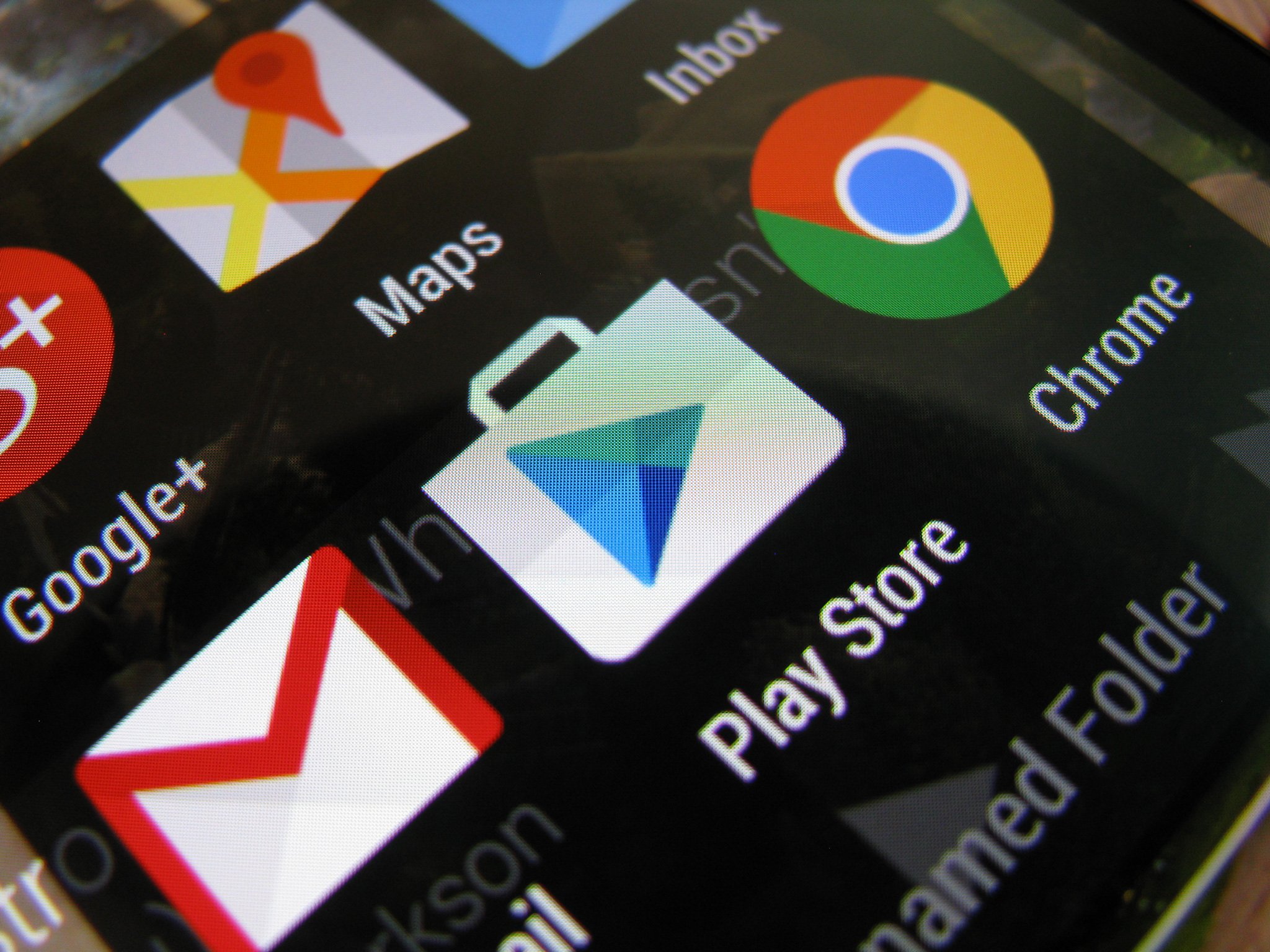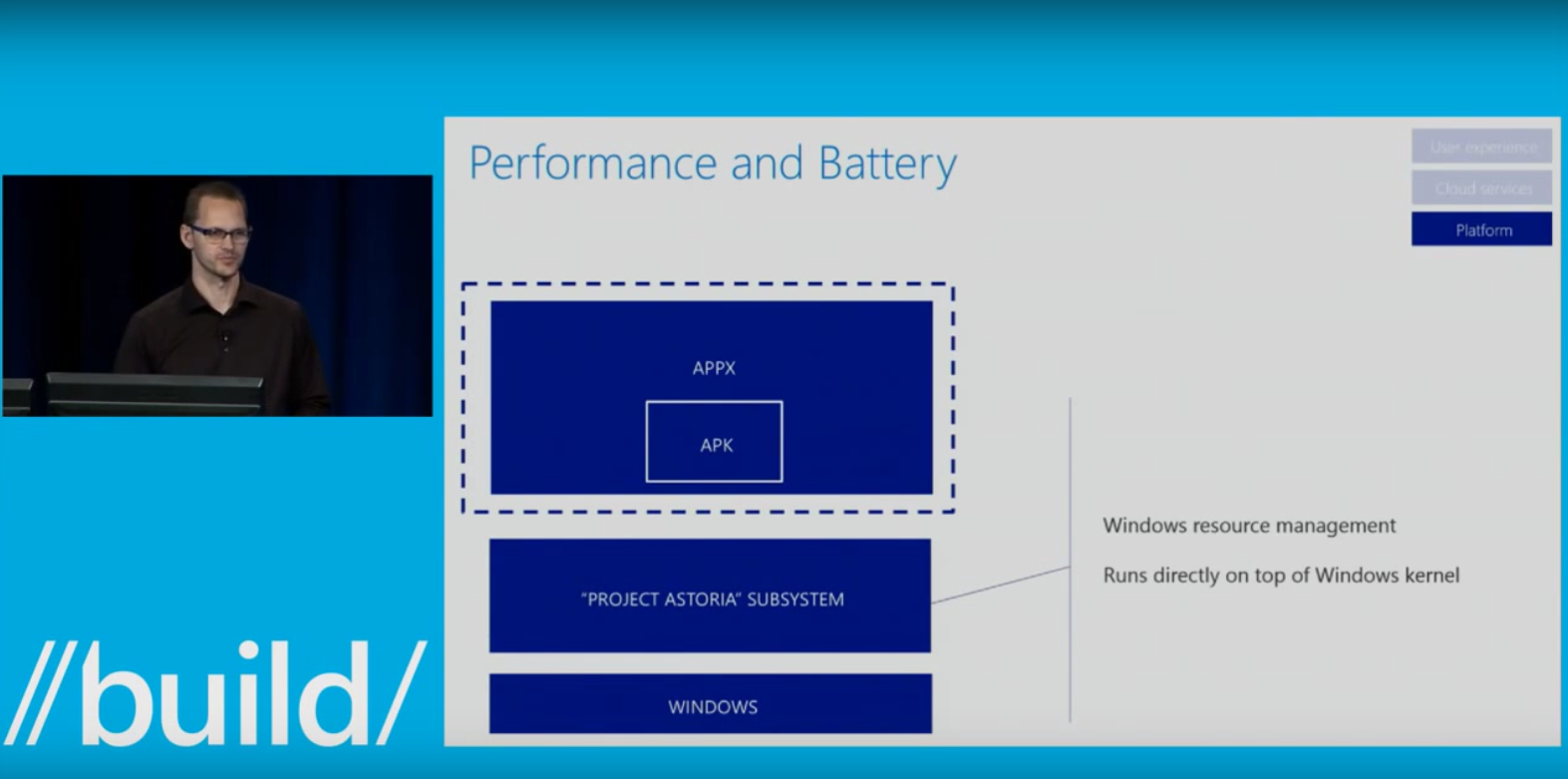Microsoft's Project Astoria has leaked letting Windows 10 Mobile sideload Android APKs directly

Ever since Microsoft announced their Bridge technologies at Build 2015 questions about how they work (and how well) have been asked. The tools let developers port over Android apps (Project Astoria), iOS apps (Project Islandwood), web apps (Project Westminster) and classic Win32 apps (Project Centennial) to Windows 10 including phone.
This morning, the actual tools for Project Astoria have leaked onto the web and users can freely (and illegally) download Android APKs and sideload them to their Windows Phone running Windows 10 Mobile. This follows yesterday's leak of the documentation for the project.
As it turns out, the tools are very powerful with the only limitation being the inability to run Google Play apps, which is in many ways trivial (this also means Snapchat will not work). Indeed, Windows Central has learned these tools are far from final and that the upcoming TH2 release has many more improvements, promising a much better user experience.
Microsoft going all out courting iOS and Android developers for Windows 10
Windows Central is not linking to the file nor providing instructions on how to sideload. Simply put, the software is not finished, and the ability to steal Android apps is not something we would like to promote. We also don't need the traffic. Obviously, this situation is unique and Windows Central is caught between reporting on this and aiding and abetting it.
Developer Concerns
The idea that developers can simply and directly convert an Android APK to a Windows 10 APPX is both fascinating and a bit disturbing for developers. Here is why:
Android developers – Their apps can now "easily" be downloaded and installed on Windows Phone, often without paying or abiding by the software's EULA. Of course, this not new, as this situation has always existed for Android developers.
Get the Windows Central Newsletter
All the latest news, reviews, and guides for Windows and Xbox diehards.
Windows Phone developers – This situation, however, is unique. Windows Central has already spoken to a few developers who are distraught about how easy it is to port. Indeed, a few of them feel burned and are ready to give up on native Windows Phone app development because why bother?
Certainly Project Astoria is controversial. On the one hand, why should developers now make Windows Phone apps when they can just do Android and port it over?
The alternative argument, of course, is that developers want to write a native Windows 10 app so that it can run on the phone, PC and other Microsoft technologies. These are places where Android apps cannot go even as a port.
Once again, this is a chicken and egg situation for Microsoft. If developers port over their Android apps to Windows Phone, Windows 10 Mobile's market share can grow. If it grows, developers can re-write their apps for all of Windows 10 to target an even larger market.
Then again, developers may port Android apps (or not) and Windows Phone native app development languishes and goes nowhere.

For Windows Phone users
Putting aside the developer situation, which at best is now very unstable, what about consumers?
Assuming developers bother to port their apps – something that remains to be seen – certainly those using a Windows Phone could see a big boost in available apps and games from these Bridge tools.
Boosting apps and games in the Store, after all, is the point of the projects.
The Android apps are not just run in-situ but can plug into various components of Windows 10 including notifications and Live Tiles. These are the 'bridges' to native functions that Microsoft refers to in the documentation.

This ability is why these tools are so significant and impressive. However, besides a few enthusiasts going through a cumbersome process to sideload Android apps, it is not clear that this method will ever see the light of day.
We do know that Microsoft is not at all happy with today's leak. However, they are making the best of it by collecting a ton of new telemetry from those who are using these tools, so if you do this, consider yourself part of an experiment.
To our developers, what do you think of today's news? Will you continue native Windows 10 development for mobile or give up for Android and iOS?
Request and Warning
Windows Central is taking a hard line on posting of links to these tools, direct or indirect. Please do not post links or directions in comments as you risk having the post deleted. Continued abuse of this rule may result in account termination.

Daniel Rubino is the Editor-in-chief of Windows Central. He is also the head reviewer, podcast co-host, and analyst. He has been covering Microsoft since 2007 when this site was called WMExperts (and later Windows Phone Central). His interests include Windows, laptops, next-gen computing, and wearable tech. He has reviewed laptops for over 10 years and is particularly fond of 2-in-1 convertibles, Arm64 processors, new form factors, and thin-and-light PCs. Before all this tech stuff, he worked on a Ph.D. in linguistics, performed polysomnographs in NYC, and was a motion-picture operator for 17 years.
